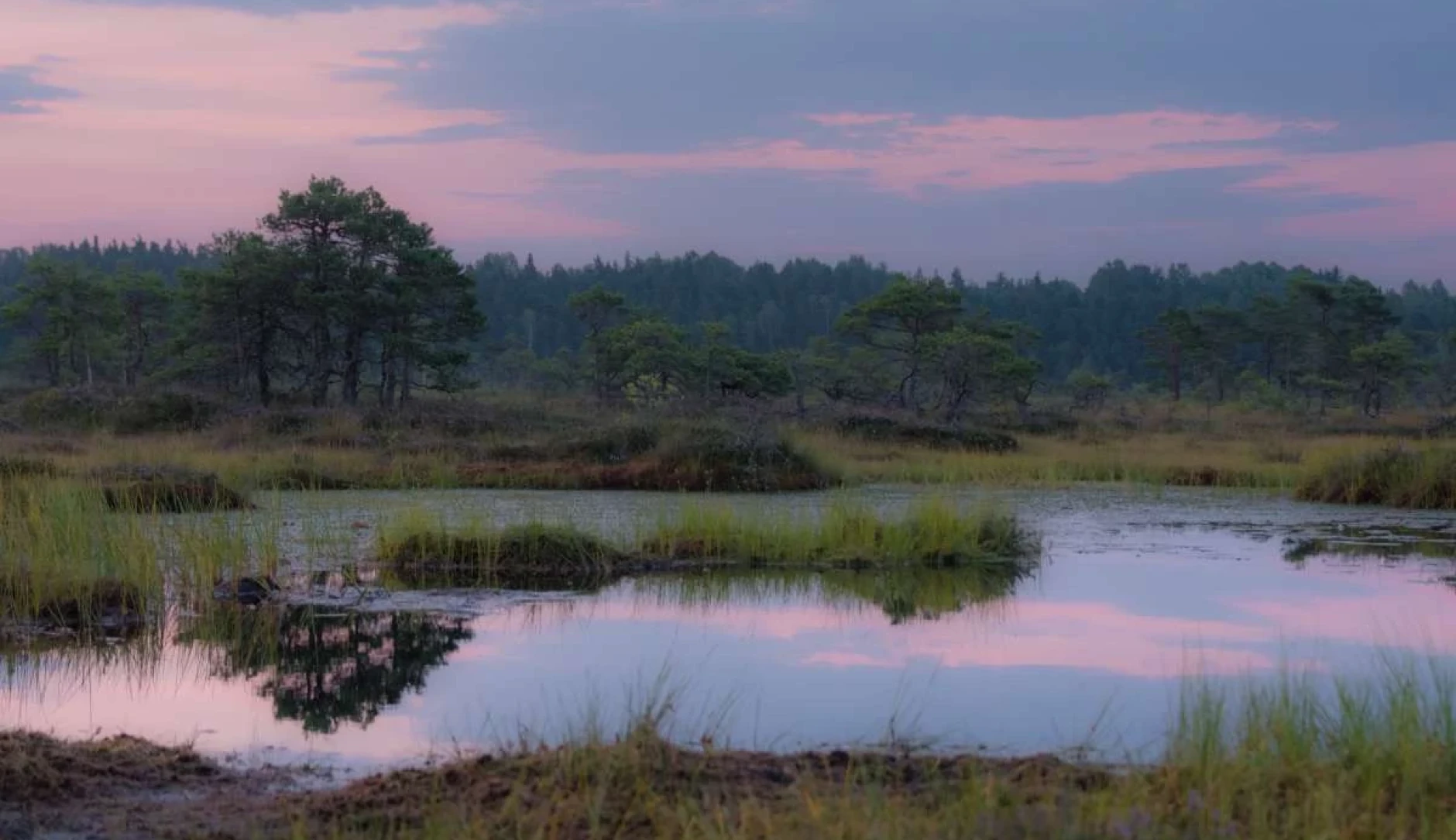Nature Restoration Law Passes, But More Needed to Ensure Positive Impact
Explore Europe's Nature Restoration Law triumphs and challenges, from targets to loopholes. Understand its significance for a resilient future.

European lawmakers and states have reached an agreement on implementing Nature Restoration Law in a widely celebrated win for the future of the Union’s socio-economic systems. The law would set a target of rehabilitating 20% of the EU’s degraded land, freshwater, sea, and urban habitats by 2030 and reaching 90% restoration by 2050. These targets fall in line with international policies on protecting natural areas and sustainably leveraging them to future-proof critical economic infrastructures like fisheries and agriculture, as well as the ecosystem services nature provides.
.webp)
Read more: Vote for Nature: Protecting Europe's Future with the Nature Restoration Law
In the run up to the vote, the law was faced with attempts to water it down and calls to cancel it outright by conservatives, who have misrepresented the impact nature restoration can have on the longevity of the aforementioned sectors. These efforts led to many major organizations speaking out in support of the law, including the World Wildlife Fund (WWF) and the International Union for the Conservation of Nature (IUCN). The law’s passing was met with widespread approval from stakeholders across the Bloc, led by Dutch Prime Ministerial candidate and former European Environmental Commissioner Frans Timmermans.
“We are relieved to see that the negotiators have not completely failed European citizens,” Sofie Ruysschaert, Nature Restoration Policy Officer at BirdLife Europe expressed, but passing the law is not the end-all moment - for it to be effective it must be properly implemented, monitored and built upon. As it stands, EU members will review their environments and opportunities for restoration before highlighting the pathways they choose that will meet the Union’s standards and targets. However, this new law has some important caveats that could limit its efficiency and goal of long-term prosperity.
New Law, Same Old Tricks
While the law has been agreed upon, some concessions have been made that create loopholes around targets and specific sector performances, opening the door for laggards to divert from shared responsibilities. While the overall goals - 20% overall restoration by 2030, 90% by 2050 - still stand, farmers and private land owners are not included within some of these goals, for example, the restoration of drained peatlands. Likewise, a measure has been added to suspend the law’s coverage of agricultural systems to guarantee sufficient food production - a potential catch-22 considering the climate crisis is already affecting Europe’s agricultural sectors.
Read more: World Food Day Highlights Flaws, Opportunities in European Food Security
“Nature doesn’t read political texts, it will respond to what we do,” explains Guy Pe’er, a biologist at the Helmholtz Centre for Environmental Research and lead author of an open letter written by over 6,000 scientists pushing back on the claims made by conservative misinformation campaigns on the law, “If we fail on nature, we fail our future.” This is an effective reminder that ensuring the long-term viability of our socio-economic systems, relies on a healthy environment - one that we cannot afford to cut corners on. Farmers and the agricultural sector are critical in maintaining our water and food security, not including them within environmental laws and regulations only limits the viability of their production in the future.
Silver Linings
Despite the continued dragging of feet by the usual suspects when it comes to comprehensive action on climate and common sense development of key infrastructure, the Nature Restoration Law ticks a lot of boxes and can serve as a strong platform on which the European Union can build on. Pollinators - which have undergone dramatic reductions in population - are enshrined within the law as one of the primary beneficiaries along with reforestation efforts, freshwater systems and urban green spaces.
At the end of the day, this represents a major step forward on EU environmental legislation. The Nature Restoration Law could only be achieved thanks to the support of voters like you who have elected representatives capable of standing up for the best interests of the people - but there remain political players who do not have a long-term vision for Europe or its citizens. Implementing change takes time, and it takes dedicated public servants to keep things on track - the best way to ensure that they continue to do so is to vote. Make your voice heard as the European elections loom!
Article by Vincent Diringer.